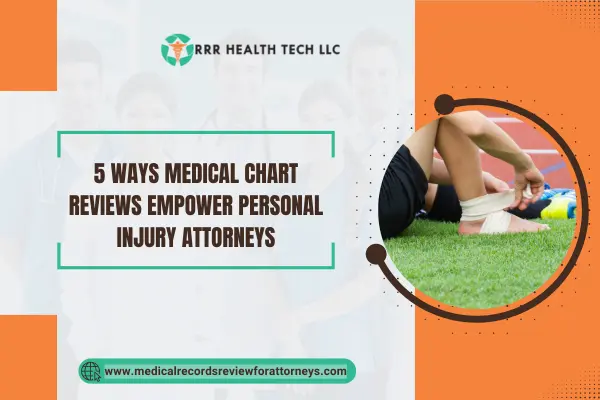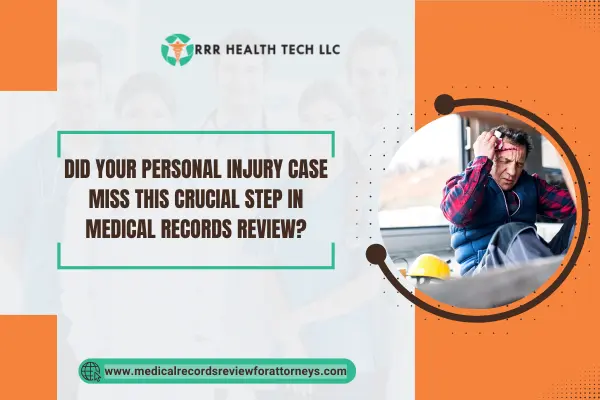
I. Seat Belt Related Injuries
As with any safety mechanism in a vehicle, seat belts also have a primary merit and demerit. First, they try to protect an individual from injury during a crash. On the contrary, other factors can lead to life threatening seat belt injuries especially in major accidents. For lawyers looking into medical files, the injuries do and do not impact policies in legal disputes. Therefore, the essence of seat belt injuries has to do with how they manifest, the necessary treatment alongside the impacts they have on legal disputes within the borders of the US.
II. Categories of Seat Belt Related Injuries
Common Injuries Associated with Seat Belts
Seat Belt Syndrome: A term used to describe a range of injuries caused by seat belts during a crash, including:
Abdominal Injuries: Internal organ damage, such as liver lacerations or splenic injuries.
Spinal Injuries: Compression fractures or disc herniation due to the force of the seat belt.
Chest Injuries: Rib fractures or contusions from the seat belt restraint.
Mechanisms of Injury during Accidents
The force of a collision can cause the seat belt to exert significant pressure on the body, leading to various injuries. Understanding these mechanisms is essential for evaluating claims and medical records.
III. Story Behind the Symptoms and Treatment of Seat Belt Injuries
Injury Symptom Details
• Abdominal Pain: Signifies possible damage to the internal organs.
• Back Pain: Pain in the back may exhibit muscular or spinal injuries.
• Bruising: Notable contusions on the chest and the abdomen commonly occur where the seat belt wrestled with the body.
Recovery Procedures and Treatment Possibilities
• Immediate Care: Provide emergency assessment for potential internal injury
• Surgical Interventions: Surgical treatment might be needed for significant organ trauma.
• Rehabilitation: Treatment may include physiotherapy for muscle and spinal injuries.
IV. Consequences on the Law for Seat Belt Injuries
Effect of Seat Belt on the Liability
• In some cases, not putting on the seat belt may determine the level of responsibility an individual has. This affects the amount of monetary compensation an injured driver may get due to negligence, known as Personal Injury Claim Negligence – Failing to wear a seat belt might have an impact on the pay-out the claimant receives, this is known as the negligence percentage of liability.
Legal Precedent Illustrations
• Legal Precedent 1: Featured a claimant sustaining injuries from a collision suffering while unrestrained in the driver’s seat sustaining 20% liability, which greatly reduced their pay-out.
• Case Example 2: Settlement amounts were higher in this case because the claimant sustained injury even though he strapped on a seatbelt, indicating an effort to lessen injury.
V. Medical Records Review: A Critical Component
The Role of Medical Records
• Records of treatment are necessary in defining the level of injury and treatment history. They can corroborate or contradict the claims made on the level of injury sustained from the seat belt.
How Our Services Assist Attorneys
• Our services assist with medical records by shedding light on the essential elements which, if highlighted, would put the attorneys in a better position to argue the case.
VI. Current Data and Trends (2024)
Latest Statistics
• For the year 2024, the NHTSA noted an increase in the number of lives saved due to wearing seat belts, with a total of 15,000 people.
Trends in Legal Claims Related to Seat Belt Use
• Recent trends indicate an increased focus in the examination of cases concerning injuries incurred while using a seat belt, with increased emphasis by the court placed on use of restraining devices.
VII. Case Studies
Case Study 1: The Abdominal Injury
• Overview: A 40 year old gentleman suffered a rear-end collision whilst wearing a seat belt.
• Challenges: He sustained considerable injuries to his abdomen which needed surgical treatment.
• Solutions: The lawyer highlighted how the medical testimonies showcased the great burden of the injuries and the requisite treatment that was mandatory.
• Compensation: His case resulted in a settlement which fully paid for his medical expenses and reimbursed him for his lost earnings.
Case Study 2: The Spinal Injury
• Overview: A 30-year-old female was injured in a side-impact collision while seated in the car with her seat belt buckled.
• Challenges: Post the accident; she was diagnosed with severe pain in the back along with impaired movement.
• Solutions: The attorney put forth the medical records which documented the degree of injury received and the effects of the injury on her daily activities.
• Compensation: Aside from chronic pain and suffering, the settlement compensated on-going physiotherapy sessions.
VIII. Conclusion
The nature of the injuries sustained while using a seat belt and the vital details make the primary focus of any competent lawyer dealing with personal injury claims. The investigative details along with how these concerns are treated impacts court claims greatly. Attorneys need these managed to best defend their case through appropriate thorough documents, which is why medical documents aid served to bolster their claim through equitable compensation.


